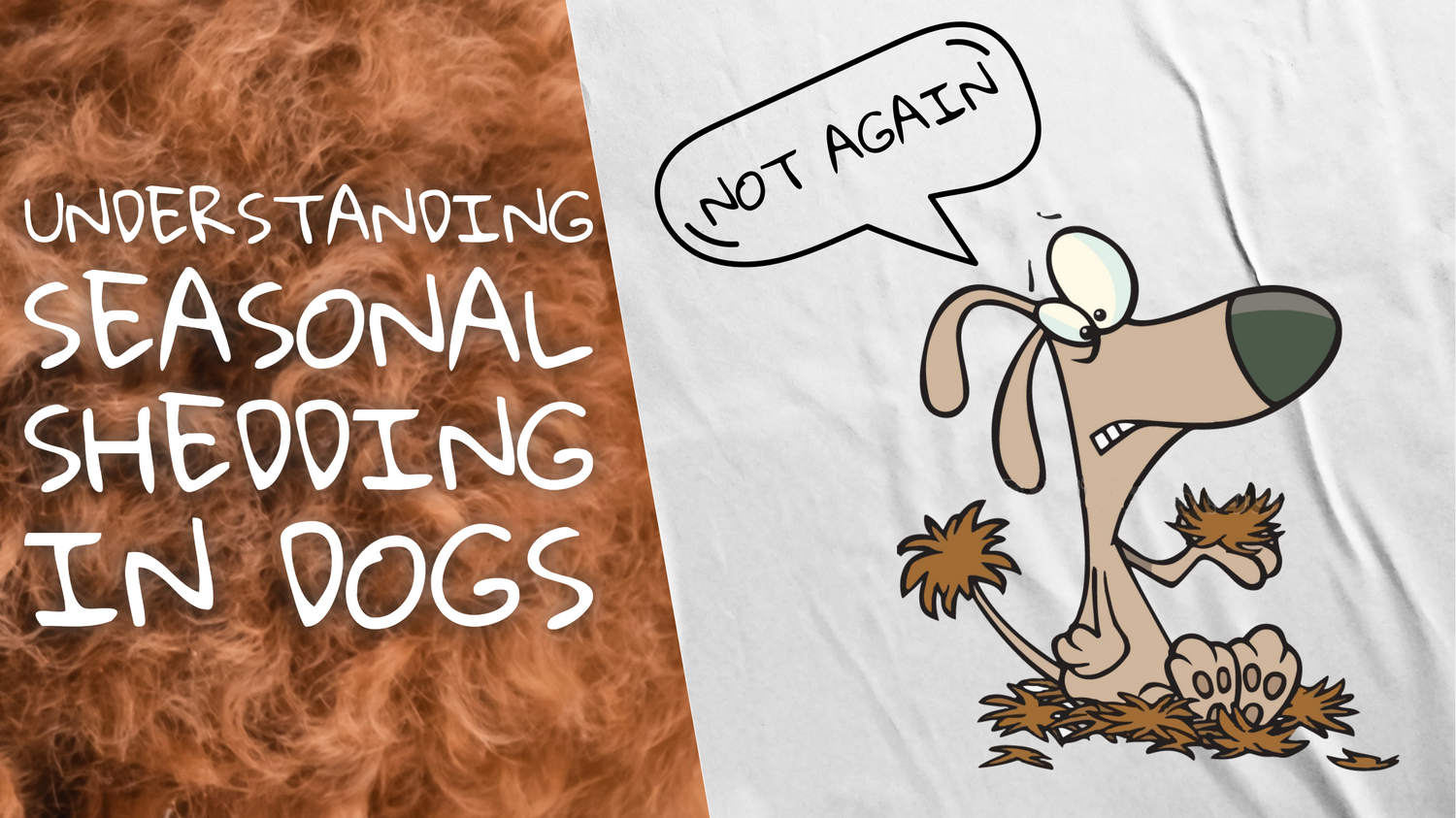Introduction
Dog owners are no strangers to the furry tumbleweeds that accumulate around the house during certain times of the year. Seasonal shedding, a natural phenomenon in dogs, can leave pet owners wondering why their beloved furry companions seem to be shedding more than usual. In this blog post, we'll explore what seasonal shedding is, why it occurs, and provide practical tips to help dog owners manage this inevitable aspect of having a dog.
What is Seasonal Shedding?
Seasonal shedding, also known as "blowing coat" or "moulting," refers to the cyclical process in which dogs shed their old or damaged fur to make way for new, healthier hair. While shedding occurs year-round, many dogs experience a more pronounced shedding phase during specific seasons. The intensity and timing of seasonal shedding can vary depending on the breed, age, health, and environmental factors.
Why Does Seasonal Shedding Occur?
- Photoperiodism: Dogs are influenced by changes in daylight, and the length of daylight hours can trigger shedding. As the days become longer or shorter, dogs may respond by shedding.
- Temperature Regulation: Some dog breeds shed more in preparation for warmer weather. The shedding helps them stay cooler during the summer months by removing the insulating undercoat.
- Hormonal Changes: Hormones play a significant role in regulating a dog's coat. Seasonal changes, such as the transition from winter to spring, can stimulate hormonal shifts that trigger shedding.
- Breed Characteristics: Certain breeds are more prone to shedding than others. Breeds with a double coat, like Siberian Huskies or Golden Retrievers, tend to shed more heavily during seasonal changes.
Tips for Managing Seasonal Shedding
- Regular Brushing: Establish a consistent grooming routine to help manage shedding. Brush your dog's coat regularly to remove loose fur, preventing it from accumulating around the house. Use a high quality leave-in conditioner to help brush out all of the loose hair and moisturise the new coat and hair follicles.
- Healthy Diet and Supplements Provide a balanced and nutritious diet to support your dog's overall health, including the condition of their coat. Omega-3 and Omega-6 fatty acids, found in fish oil supplements like Ruby Reese Omega Oil, can promote a healthy coat and reduce shedding.
- Bathing and Conditioning: Regular baths with a high-quality dog shampoo can help remove loose hair and keep the coat healthy. Be sure to use a shampoo that will replenish the natural oils that you are washing out with ones that will moisturise the skin and coat.
- Professional Grooming: Consider scheduling professional grooming sessions, especially during peak shedding seasons. Professional groomers can use specialised tools to remove excess fur and minimise shedding.
Conclusion
Seasonal shedding is a natural and necessary process for dogs, but with the right approach, dog owners can make this time more manageable. By understanding the causes of shedding and implementing a proactive grooming routine, pet owners can enjoy a cleaner home and a happier, healthier dog. Remember, if you have concerns about excessive shedding or changes in your dog's coat, consult with your vet for personalised advice.



0 comments